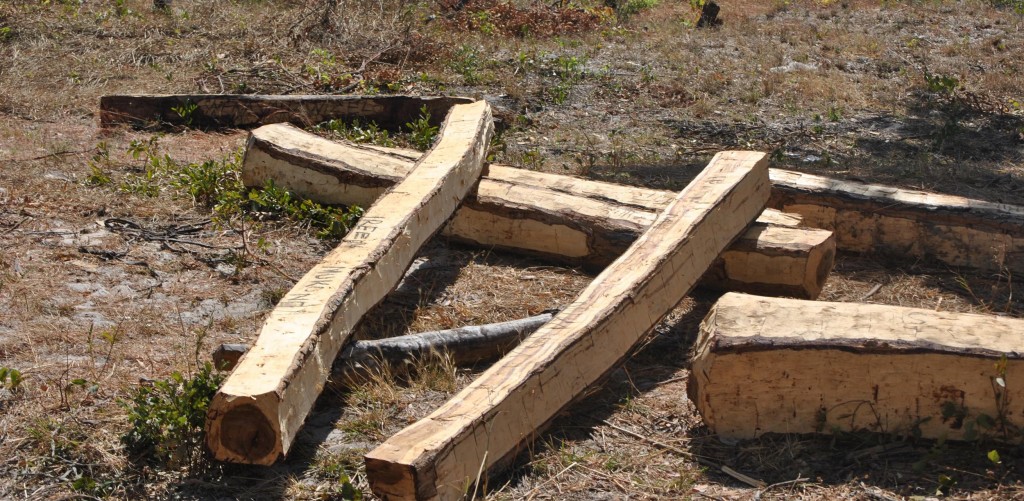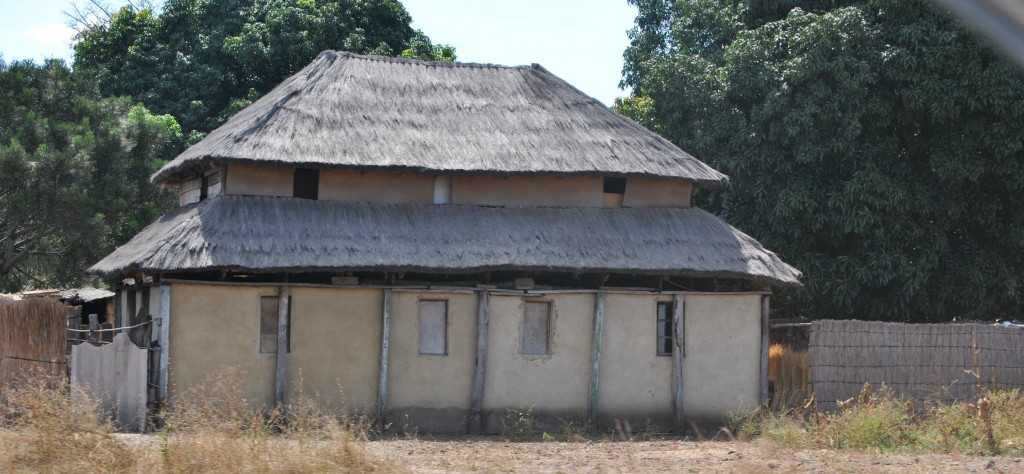 I had been lucky to have visited all the provincial headquarters in Zambia with the exception of Mongu, and so the advent of Zambia’s newest province Muchinga* was what really prompted my trip west. To remind each other I have listed the ‘BOMA’s of the now ten provinces of the country:
I had been lucky to have visited all the provincial headquarters in Zambia with the exception of Mongu, and so the advent of Zambia’s newest province Muchinga* was what really prompted my trip west. To remind each other I have listed the ‘BOMA’s of the now ten provinces of the country:
Western – Mongu
North-Western – Solwezi
Copperbelt – Ndola
Lusaka – Lusaka
Central – Kabwe
Southern – previously Livingstone but now Choma
Eastern – Chipata
*Muchinga – Chinsali
Northern – Kasama
Luapula – Mansa
Further, I have always been interested in the promotion of domestic tourism and thought that it was important to get my bearings in that area of the world having previously not been any further west than the Mumbwa district.
Juldan Motors will sell you their sixty-seater long-distance one-way coach ticket for a modest K115,000 which includes a complimentary soda on the outward bound route. At the moment the bus sets off at either 8.30 am or mid-day. I settled for the early bus.
The ride west takes you through the Kafue National Park, where we cheered with the sight of three enormous elephants at a shallow water pool close to the road thoughtfully constructed through the park with the assistance of the Japanese government. Mongu is approximately nine hours from Lusaka even counting the three or four very short stop-overs. The road is good except for a very wavy section between the park exit on the western side and Kaoma. A great deal of care needs to be exercised on this section.
In completely opposite tenor to our sighting of the elephants was a stop in Kaoma just over five hours into the journey where there is evidence of the sawdust piles from the timber merchants that you also see along the road between Kitwe and Ndola. Nothing wrong if you have a good reforestation policy, but a little worrying when climate change and the general lack of environmental protection services combine.
Getting to Mongu, means that you are now well placed to reach Senanga on the banks of the Zambezi. There is regular traffic to Senanga which is roughly another two-hour drive, and then if you head over on the pontoon, which provides the only crossing, the town on the other side is Sesheke once you have braved the sandy road. On that side of the river you also have the Sioma Ngwezi National Park although reports are that you would be lucky to see an animal, any animal, there.
In Mongu town there are outlets for food and accommodation that will provide a decent service to the traveller. I had dinner the first evening with old friends at one of the former Crossroads Lodges, known now as Nalumba 1 and 2. Hearty Zambian fare of grills served with green salad and the usual choice of ‘nshima, rice or chips’ were on offer and the bar didn’t seem to be lacking. For hotel accommodation the best place is Dolphin Hotel – clean, secure, reasonable food and lots of hot water. The only proviso is to make sure you get a room with a shower rather than one of the Jacuzzi-type baths.
Next morning there was time to walk around Mongu town. Their Shoprite was well stocked and warehouse styled which I came to learn was a great help for the fishing camps and other operators in the area who had previously had to get many of their supplies from Lusaka. Mongu’s economy is strong on rice and meat. The soils are poor for maize and most people get by on a staple of cassava. Taxis from the central bus station will take you down to Mongu Harbour for the day’s catch.
In a quiet corner of one of the many small pubs, usually framed with reeds for local décor and to provide a pleasant screen from the scorching day temperatures you will find a volunteer to up-date you on local land wrangles or delays in road-works but for the time being politics is a quick conversation stopper.
Of course, Kuomboka is the highlight of the tourist calendar, when, like their supreme traditional authority the Lozi King, the ‘Litunga’, the semi-nomadic peoples of the plains escaped the flooding waters of the Zambezi towards the end of the rainy season to move to higher ground.
This being the height of the dry season, the grey-white sands of Mongu town are beach deep, definitely a challenge for construction and walking around for that matter! However, building is going on all around the town by Mongu residents and other investors. So it seems silly to dwell on much else except that I was ill-prepared for how spread out the communities are. As a result I didn’t even make the very basic visit to the museum at Limulunga which is where I plan to begin my visit as a domestic tourist, the next time I have the good fortune to return.
by Chuundu



Leave a Reply
You must be logged in to post a comment.